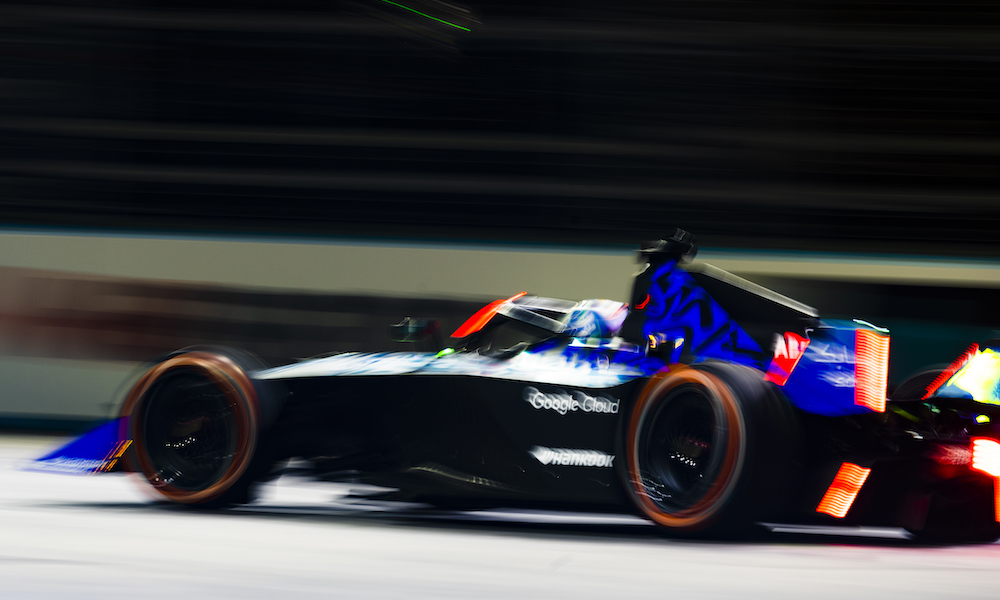
A revolutionary Formula E electric race car, the GENBETA, has smashed the indoor land speed world record by more than 33 mph after reaching a top speed of more than 135.9 mph inside a building in London.
The official Guinness World Records title was achieved by Jake Hughes of NEOM McLaren Formula E Team, who competed against Mahindra Racing’s Lucas di Grassi to set the world record for the fastest speed achieved by a vehicle indoors.
The pair went head-to-head in the ‘Duels’ format used in qualifying for Formula E races to see who could set the fastest speed on just .176 miles – less than a quarter mile – of straight race track, using the same GENBETA car.
Neither driver had ever been behind the wheel of the GENBETA before, but both beat the previous world record of 102.7 mph set in February 2021 on all three of their practice runs before their official world record attempts.
Hughes was the first to go with three practice drives, instantly becoming the unofficial world record holder with his first run of 133.5 mph. He then pushed that unofficial world record even further in his next two practice runs with recorded speeds of 133.6 mph and 135.2 mph before topping out at 135.9 mph on his final run before di Grassi took the wheel.
The Brazilian started strongly with a first run of 134.8 mph, faster than Hughes’ initial practice, and looked to be on course to snatch the world record from his championship rival when his next practice clocked 135.4 mph before the third and final practice hit 135.6 mph, a fraction off Hughes’ benchmark.
It was not to be for the former Formula E champion, whose fourth and official run achieved a top speed of 135.2 mph, meaning Hughes had won the Duel and was officially declared the holder of the Guinness World Records title as driver of the fastest-ever vehicle indoors.
“I feel very honored to have been asked, and to be involved in such an exciting project,” said Hughes. “It wasn’t something I ever imag ined I’d have the opportunity to even attempt, so now to hold the record is pretty incredible, especially in a Formula E car. I didn’t realize how much I wanted this record until I saw Lucas trying to break the record after me. When I was announced I was the record holder I felt a massive sense of pride.”
The GENBETA car featured a range of modifications to effectively ‘unlock’ the specifications of the GEN3 race car, which was introduced this season in Formula E:
● Enhanced battery power output of 400kW, up from 350kW in the GEN3, through the activation of the front powertrain kit in traction, delivering all-wheel drive for the first time in a Formula E car. The battery was charged by ABB, the title partner and official charging partner of the Championship.